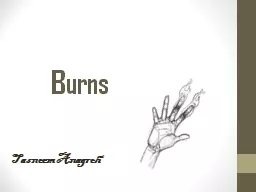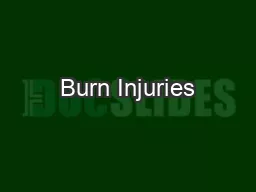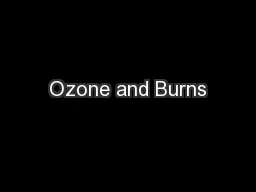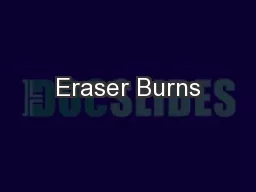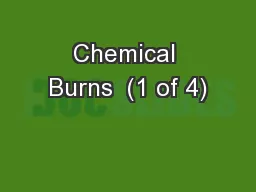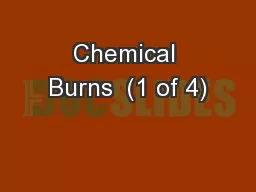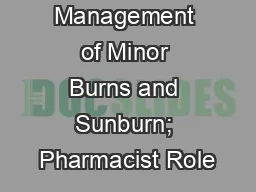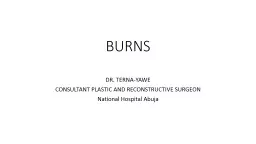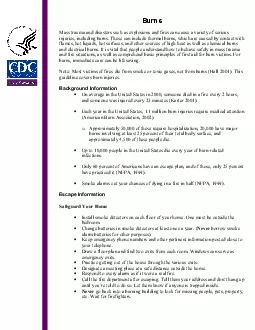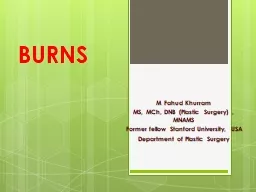PPT-Burns Tasneem Anagreh
Author : norah | Published Date : 2022-06-01
intro Functions of the Skin Protects body against bacteria Prevents fluid loss Regulates temperature Initiates immune response Sensation Aesthetic amp psychological
Presentation Embed Code
Download Presentation
Download Presentation The PPT/PDF document "Burns Tasneem Anagreh" is the property of its rightful owner. Permission is granted to download and print the materials on this website for personal, non-commercial use only, and to display it on your personal computer provided you do not modify the materials and that you retain all copyright notices contained in the materials. By downloading content from our website, you accept the terms of this agreement.
Burns Tasneem Anagreh: Transcript
Download Rules Of Document
"Burns Tasneem Anagreh"The content belongs to its owner. You may download and print it for personal use, without modification, and keep all copyright notices. By downloading, you agree to these terms.
Related Documents

